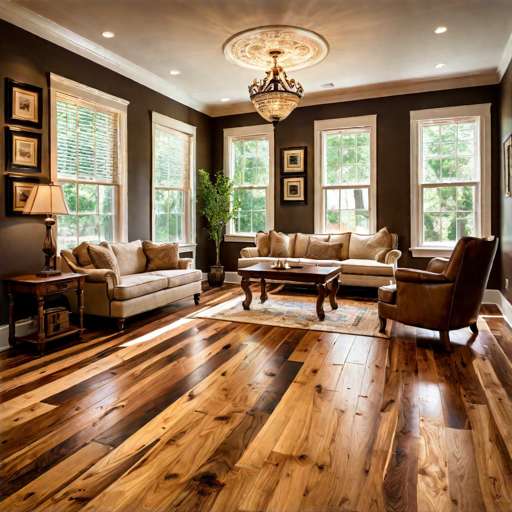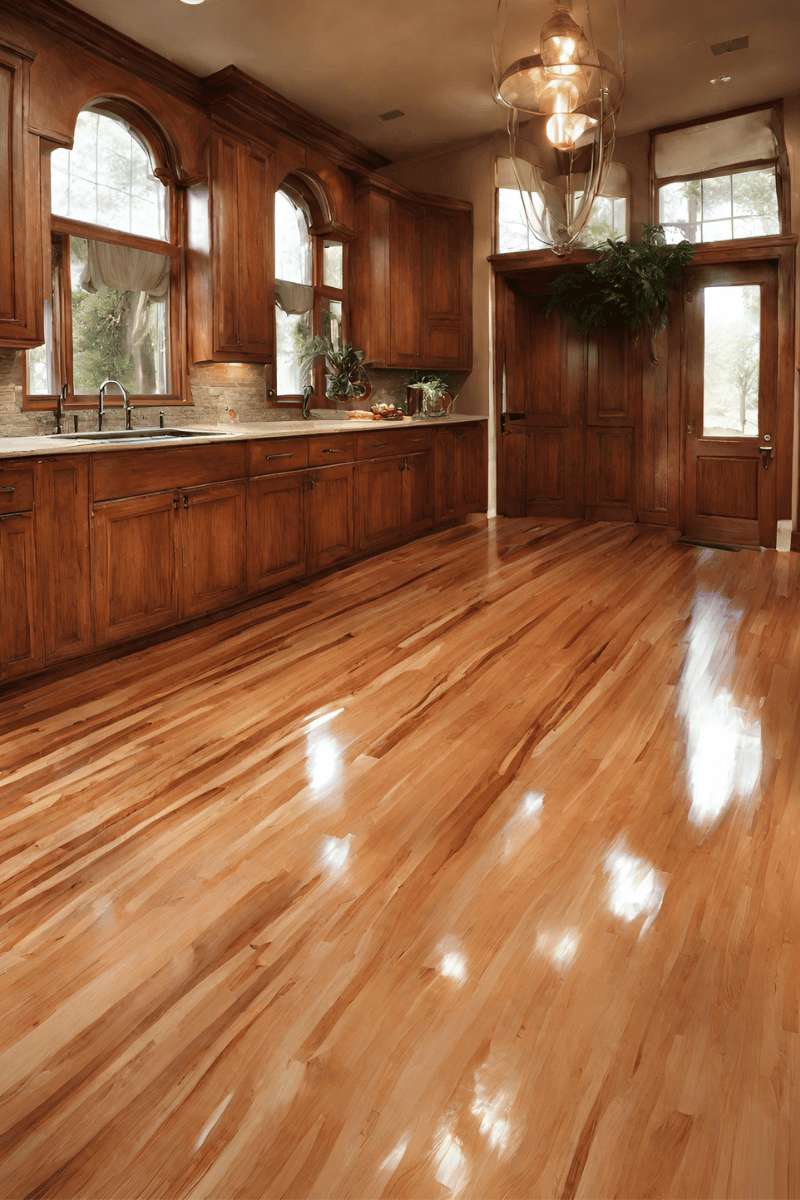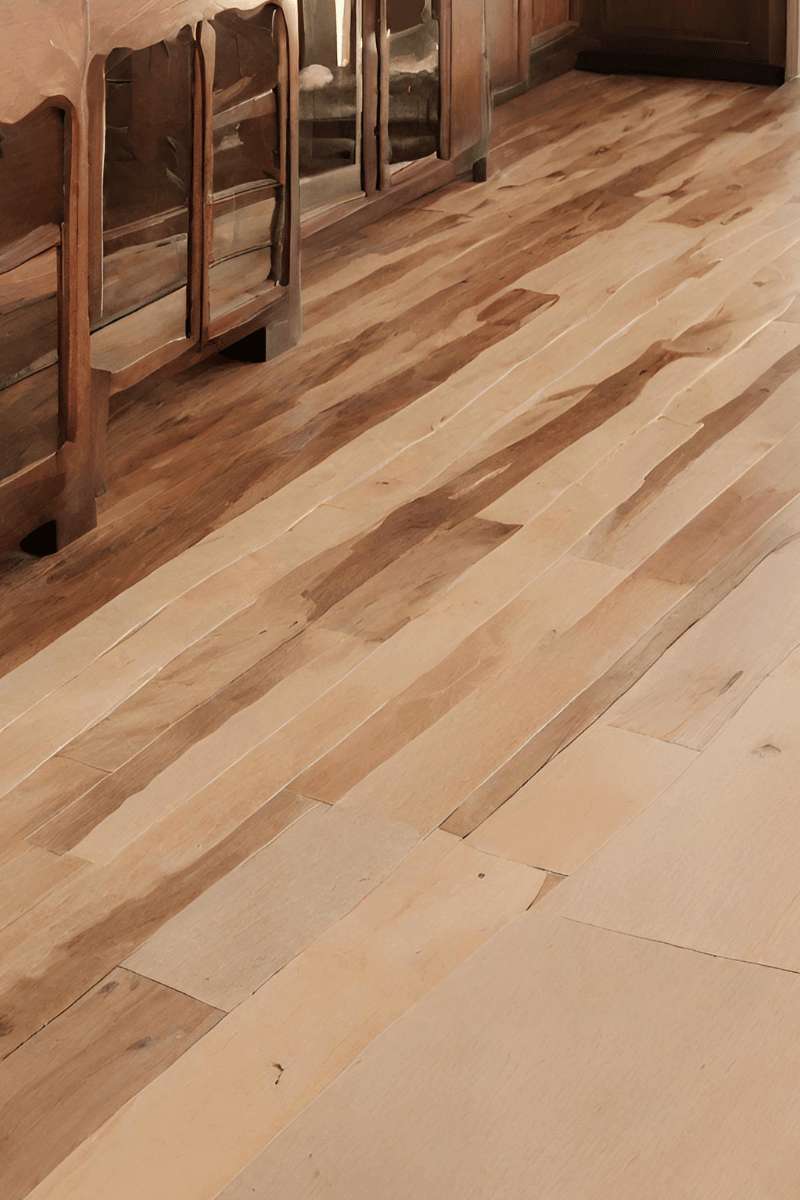Restoring hardwood floors is a rewarding and transformative process that can breathe new life into your home. Over time, hardwood floors can become worn, scratched, or dull, losing their original beauty and luster. If you’re looking to revive your hardwood floors and restore them to their former glory, this comprehensive guide is here to help. From assessing the condition of your floors to choosing the right refinishing techniques and products, we will provide you with step-by-step instructions and expert tips to ensure a successful restoration project. Get ready to fall in love with your hardwood floors all over again!
Restoring Hardwood Floors
Restoring hardwood floors is a great way to bring new life to your home and enhance its overall aesthetic appeal. Whether you have recently purchased an older home with worn-out hardwood floors or your existing hardwood floors have become dull and scratched over time, the restoration process can help you achieve a beautiful and polished look.

The next step in restoring hardwood floors is sanding. Sanding helps to remove the old finish, scratches, and imperfections from the surface of the wood. It is important to use the appropriate sandpaper grit to ensure a smooth and even finish. After sanding, the floors should be thoroughly cleaned to remove any dust or debris.
After the sanding process, it’s time to apply a new finish to the hardwood floors. There are various options available, including polyurethane, oil-based finishes, and water-based finishes. Each type of finish has its own advantages, so it’s important to choose one that suits your preferences and needs. Applying multiple coats of finish will help to protect the wood and enhance its natural beauty.
Once the finish has dried, the final step in restoring hardwood floors is to add a protective layer. This can be achieved by applying a coat of wax or using a floor polish specifically designed for hardwood floors. This protective layer will help to prolong the life of the floors and keep them looking their best for years to come.
Steps to Refinish Hardwood Floors
 Refinishing hardwood floors involves a series of steps that can transform worn-out and dull-looking floors into stunning and vibrant ones. By following these steps, you can bring back the natural beauty of your hardwood floors and make them the focal point of any room.
Refinishing hardwood floors involves a series of steps that can transform worn-out and dull-looking floors into stunning and vibrant ones. By following these steps, you can bring back the natural beauty of your hardwood floors and make them the focal point of any room.
The first step in refinishing hardwood floors is to remove any furniture or rugs from the area. This will allow you to have a clear workspace and prevent any damage to your belongings. Next, you’ll need to thoroughly clean the floors to remove any dirt, dust, or debris that may have accumulated over time.
Once the floors are clean, it’s time to sand them. Sanding helps to remove the old finish, scratches, and imperfections from the surface of the wood. It’s important to start with a rough grit sandpaper and gradually move to a finer grit for a smooth and even finish. Sanding should be done in the direction of the wood grain to avoid causing any damage.
After sanding, the floors should be vacuumed and wiped down to remove any remaining dust. The next step is to apply a new finish to the hardwood floors. This can be done using a brush, roller, or sprayer, depending on your preference. Multiple coats of finish may be necessary to achieve the desired look and level of protection.
Once the finish has dried, it’s important to allow the floors to cure before placing any furniture or rugs back in the room. This will ensure that the finish is fully hardened and resistant to scratches and other damage. Regular maintenance, such as sweeping and using furniture pads, will help to keep your refinished hardwood floors looking their best for years to come.
-
- Assess the condition of the hardwood floors
-
- Repair any loose or damaged boards
-
- Sand the floors to remove old finish and imperfections
-
- Clean the floors thoroughly
-
- Apply a new finish to the hardwood floors
-
- Add a protective layer to prolong the life of the floors
Choosing the Right Finish for Your Hardwood Floors
 When it comes to restoring hardwood floors, choosing the right finish is crucial. The finish not only enhances the overall appearance of the floors but also protects them from daily wear and tear. There are several types of finishes available, each with its own advantages and disadvantages.
When it comes to restoring hardwood floors, choosing the right finish is crucial. The finish not only enhances the overall appearance of the floors but also protects them from daily wear and tear. There are several types of finishes available, each with its own advantages and disadvantages.
One popular option is polyurethane finish, which provides a durable and long-lasting protective layer. This finish comes in both oil-based and water-based forms, offering different levels of sheen and ease of application. Another option is wax finish, which gives the floors a warm and natural look. However, wax finishes require regular maintenance and may not be as resistant to scratches and spills as polyurethane finishes.
Maintenance Tips for Restored Hardwood Floors
After restoring hardwood floors, it is important to follow proper maintenance practices to keep them looking their best for years to come. Regular cleaning is essential to remove dirt, dust, and debris that can cause scratches and dull the finish. Use a soft broom or vacuum with a brush attachment to avoid scratching the surface.
When cleaning, avoid using harsh chemicals or excessive water, as these can damage the finish. Instead, use a mild hardwood floor cleaner recommended by the manufacturer. It is also important to promptly clean up any spills to prevent staining. Additionally, placing rugs or mats in high-traffic areas can help protect the floors from excessive wear and tear.
To maintain the restored hardwood floors, consider scheduling periodic professional maintenance. This may include deep cleaning, buffing, and reapplying a protective finish. By following these maintenance tips, you can enjoy the beauty of your restored hardwood floors for many years to come.
FAQ: Restoring Hardwood Floors
How often should hardwood floors be restored?
Hardwood floors should be restored every 7-10 years, or when signs of wear and damage become noticeable.
What is the process of restoring hardwood floors?
The process of restoring hardwood floors typically involves sanding down the existing finish, repairing any damaged areas, applying a new stain or finish, and then sealing the floors to protect them.
Restoring Hardwood Floors: A Lasting Transformation
In conclusion, the process of restoring hardwood floors can breathe new life into any space, bringing back the natural beauty and elegance of the wood. Whether you are looking to revitalize an old home or simply enhance the aesthetics of your living space, restoring hardwood floors is a worthwhile investment. By following the proper steps of sanding, refinishing, and sealing, you can transform worn-out floors into stunning focal points that will withstand the test of time. The end result is not only visually appealing but also increases the value of your property. So, if you have hardwood floors that have seen better days, consider restoring them to their former glory and enjoy the long-lasting beauty and durability they provide.


